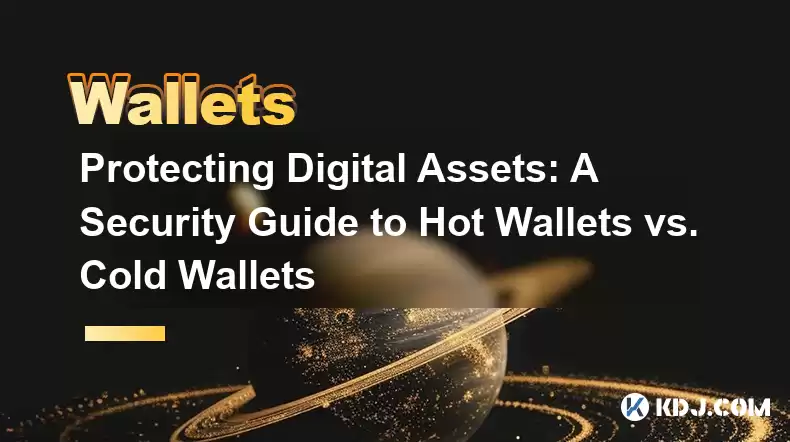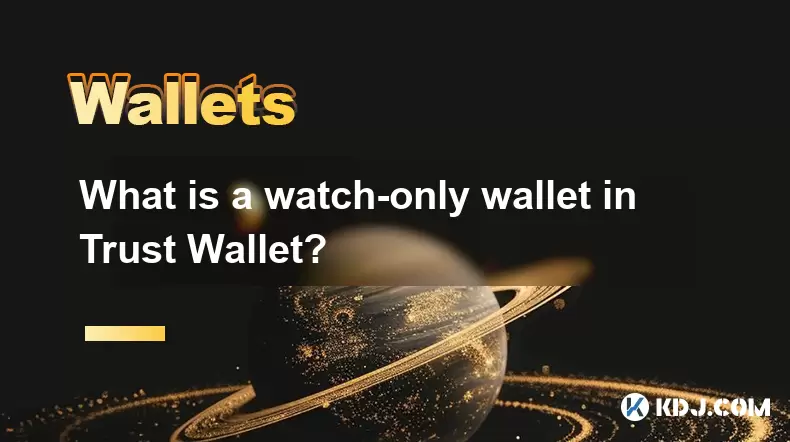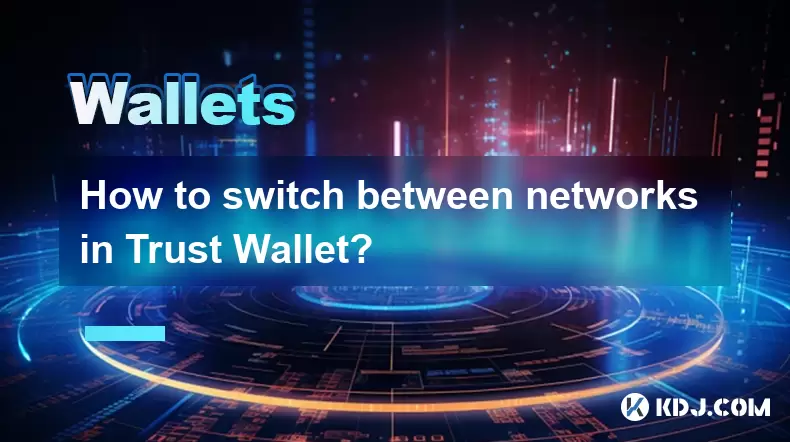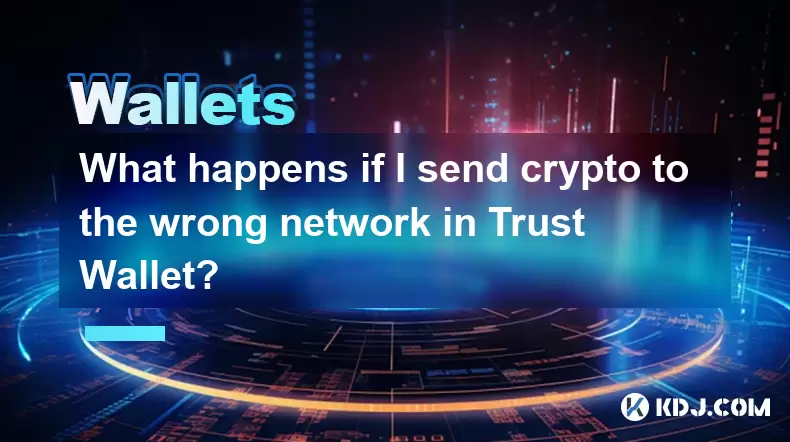-
 Bitcoin
Bitcoin $113900
-1.39% -
 Ethereum
Ethereum $3517
-4.15% -
 XRP
XRP $3.009
1.59% -
 Tether USDt
Tether USDt $0.9997
-0.04% -
 BNB
BNB $766.8
-1.41% -
 Solana
Solana $164.6
-2.38% -
 USDC
USDC $0.9998
-0.02% -
 TRON
TRON $0.3277
0.65% -
 Dogecoin
Dogecoin $0.2023
-1.67% -
 Cardano
Cardano $0.7246
0.05% -
 Hyperliquid
Hyperliquid $38.27
-4.77% -
 Sui
Sui $3.528
-0.52% -
 Stellar
Stellar $0.3890
-0.73% -
 Chainlink
Chainlink $16.16
-2.69% -
 Bitcoin Cash
Bitcoin Cash $539.9
-4.38% -
 Hedera
Hedera $0.2425
-2.00% -
 Avalanche
Avalanche $21.71
-0.97% -
 Toncoin
Toncoin $3.662
5.73% -
 Ethena USDe
Ethena USDe $1.000
-0.02% -
 UNUS SED LEO
UNUS SED LEO $8.964
0.35% -
 Litecoin
Litecoin $107.7
2.33% -
 Shiba Inu
Shiba Inu $0.00001223
-0.40% -
 Polkadot
Polkadot $3.617
-0.97% -
 Uniswap
Uniswap $9.052
-2.49% -
 Monero
Monero $295.1
-3.79% -
 Dai
Dai $0.9999
0.00% -
 Bitget Token
Bitget Token $4.315
-1.85% -
 Pepe
Pepe $0.00001060
0.11% -
 Cronos
Cronos $0.1342
-2.72% -
 Aave
Aave $256.0
-0.87%
Protecting Digital Assets: A Security Guide to Hot Wallets vs. Cold Wallets
Hot wallets offer convenience for daily crypto transactions but are more vulnerable to hacks, while cold wallets provide enhanced security for long-term storage.
Apr 21, 2025 at 05:21 am

In the world of cryptocurrencies, securing your digital assets is paramount. The choice between hot wallets and cold wallets plays a crucial role in safeguarding your investments. Hot wallets are connected to the internet, making them convenient for frequent transactions but also more vulnerable to hacks. On the other hand, cold wallets are offline, providing a higher level of security but less convenience for everyday use. Understanding the differences and choosing the right type of wallet for your needs is essential for protecting your digital assets.
Understanding Hot Wallets
Hot wallets are digital wallets that are connected to the internet, allowing users to access their cryptocurrencies easily and perform transactions quickly. They are typically used for daily transactions and are offered by many cryptocurrency exchanges and wallet providers. The primary advantage of hot wallets is their convenience; you can send and receive cryptocurrencies with just a few clicks.
However, this convenience comes with a trade-off in security. Because hot wallets are online, they are more susceptible to hacking and cyber attacks. If a hacker gains access to your hot wallet, they could potentially steal your funds. To mitigate these risks, it's essential to choose a reputable provider and use strong, unique passwords, along with enabling two-factor authentication (2FA).
Understanding Cold Wallets
Cold wallets, in contrast, are offline storage solutions that keep your private keys away from internet-connected devices. This offline nature significantly reduces the risk of cyber attacks, making cold wallets the preferred choice for long-term storage of large amounts of cryptocurrencies. Common types of cold wallets include hardware wallets and paper wallets.
Hardware wallets are physical devices that store your private keys securely. They are designed to be user-friendly and often come with a small screen and buttons for confirming transactions. Paper wallets, on the other hand, involve printing your private keys and public addresses on a piece of paper, which you then store in a safe place. While paper wallets are cost-effective, they require careful handling to prevent physical damage or loss.
Comparing Security Features
When comparing hot wallets and cold wallets, the key difference lies in their security features. Hot wallets, being online, rely on the security measures implemented by the wallet provider. These measures may include encryption, 2FA, and regular security audits. However, no matter how robust these measures are, there is always a risk of a security breach.
Cold wallets, conversely, offer enhanced security by keeping your private keys offline. This means that even if a hacker manages to access your computer or mobile device, they cannot access your cold wallet without physical possession of the device or paper. For hardware wallets, additional security features like PIN codes and recovery phrases further protect your assets.
Choosing the Right Wallet for Your Needs
The choice between a hot wallet and a cold wallet depends on your specific needs and the balance between convenience and security. If you frequently trade cryptocurrencies or need to make quick transactions, a hot wallet might be more suitable. However, it's crucial to keep only the amount of cryptocurrency you need for immediate transactions in a hot wallet to minimize risk.
For long-term storage and larger amounts of cryptocurrency, a cold wallet is the better choice. By using a cold wallet, you can significantly reduce the risk of losing your assets to cyber attacks. It's also possible to use both types of wallets in a complementary manner: keep a small amount in a hot wallet for daily use and the majority of your assets in a cold wallet for long-term storage.
Setting Up a Hot Wallet
Setting up a hot wallet involves several steps to ensure you can use it safely and effectively. Here's how to set up a hot wallet:
- Choose a reputable provider: Research and select a well-known and trusted wallet provider. Popular options include Coinbase, Binance, and Trust Wallet.
- Download and install the wallet: Visit the provider's website or app store to download the wallet application. Follow the installation instructions provided.
- Create a new wallet: Open the application and select the option to create a new wallet. You will be prompted to set a strong password and enable 2FA for added security.
- Backup your recovery phrase: After creating your wallet, you will be given a recovery phrase (also known as a seed phrase). Write this down and store it in a secure location. This phrase can be used to recover your wallet if you lose access.
- Fund your wallet: Once your wallet is set up, you can transfer cryptocurrencies to it using the provided public address. Always double-check the address to avoid sending funds to the wrong place.
Setting Up a Cold Wallet
Setting up a cold wallet, particularly a hardware wallet, involves a different set of steps. Here's how to set up a hardware wallet:
- Purchase a hardware wallet: Choose a reputable brand such as Ledger or Trezor. Purchase the device from an official source or authorized retailer.
- Unbox and connect the device: Follow the manufacturer's instructions to unbox and connect the hardware wallet to your computer using the provided USB cable.
- Initialize the device: Turn on the device and follow the on-screen prompts to initialize it. You will be asked to set a PIN code for added security.
- Generate and backup your recovery phrase: The device will generate a recovery phrase, which you should write down and store in a safe place. This phrase is crucial for recovering your wallet if the device is lost or damaged.
- Install the wallet software: Download and install the companion software for your hardware wallet from the manufacturer's website. This software will allow you to manage your cryptocurrencies.
- Set up your cryptocurrency accounts: Use the software to set up accounts for the cryptocurrencies you wish to store. Follow the prompts to receive your public addresses and start transferring funds to your cold wallet.
Best Practices for Wallet Security
Regardless of whether you choose a hot wallet or a cold wallet, following best practices for wallet security is essential. Here are some key tips:
- Use strong, unique passwords: Avoid using easily guessable passwords and ensure each wallet has a unique password.
- Enable two-factor authentication (2FA): This adds an extra layer of security by requiring a second form of verification when logging in.
- Regularly update software: Keep your wallet software and any related applications up to date to protect against known vulnerabilities.
- Be cautious of phishing attempts: Always verify the authenticity of websites and emails before entering your wallet credentials.
- Store recovery phrases securely: Keep your recovery phrases in a safe, offline location, such as a safe deposit box or a fireproof safe.
Frequently Asked Questions
Q: Can I use both hot and cold wallets simultaneously?
A: Yes, many cryptocurrency users employ both hot and cold wallets. They keep a small amount of cryptocurrency in a hot wallet for daily transactions and store the majority of their assets in a cold wallet for long-term security.
Q: How often should I transfer funds from my hot wallet to my cold wallet?
A: The frequency of transferring funds depends on your trading activity and risk tolerance. A common practice is to transfer funds to your cold wallet after each significant transaction or at regular intervals, such as weekly or monthly.
Q: What should I do if I lose my hardware wallet?
A: If you lose your hardware wallet, you can use the recovery phrase to restore your wallet on a new device. It's crucial to keep your recovery phrase secure and separate from the hardware wallet itself.
Q: Are there any costs associated with using hot and cold wallets?
A: Hot wallets are often free to use, especially those provided by exchanges. Cold wallets, particularly hardware wallets, come with an upfront cost for the device itself. Paper wallets are generally free but may require printing costs.
Disclaimer:info@kdj.com
The information provided is not trading advice. kdj.com does not assume any responsibility for any investments made based on the information provided in this article. Cryptocurrencies are highly volatile and it is highly recommended that you invest with caution after thorough research!
If you believe that the content used on this website infringes your copyright, please contact us immediately (info@kdj.com) and we will delete it promptly.
- DeFi Token Summer Gains: Is Mutuum Finance the Real Deal?
- 2025-08-02 18:30:12
- Bitcoin, Realized Price, and the Top: Are We There Yet?
- 2025-08-02 18:30:12
- Dogwifhat (WIF) Rally: Will the Meme Coin Bite Back?
- 2025-08-02 19:10:12
- PayFi Heats Up: Tron's AMA Recap & TRX's Bullish Nasdaq Debut
- 2025-08-02 19:10:12
- ARK Invest, Coinbase, and BitMine: Decoding the Crypto Investment Shuffle
- 2025-08-02 19:15:23
- JasmyCoin Under Pressure: Bears Grip Tight, Testing Lower Support
- 2025-08-02 19:15:23
Related knowledge

What is a watch-only wallet in Trust Wallet?
Aug 02,2025 at 03:36am
Understanding the Concept of a Watch-Only WalletA watch-only wallet in Trust Wallet allows users to monitor a cryptocurrency address without having ac...

How to switch between networks in Trust Wallet?
Aug 02,2025 at 12:36pm
Understanding Network Switching in Trust WalletSwitching between networks in Trust Wallet allows users to manage assets across different blockchains s...

How to check my full transaction history on Trust Wallet?
Aug 02,2025 at 09:24am
Understanding Transaction History in Trust WalletTrust Wallet is a widely used non-custodial cryptocurrency wallet that supports a broad range of bloc...

Why is my Trust Wallet balance zero?
Aug 02,2025 at 03:49am
Understanding Trust Wallet Balance Display IssuesIf you're seeing a zero balance in your Trust Wallet despite knowing you've previously received or se...

What happens if I send crypto to the wrong network in Trust Wallet?
Aug 02,2025 at 07:22pm
Understanding Network Compatibility in Trust WalletWhen using Trust Wallet, it's essential to understand that different cryptocurrencies operate on di...

Where can I find my Trust Wallet address?
Aug 02,2025 at 06:07pm
Understanding Your Trust Wallet AddressYour Trust Wallet address is a unique identifier that allows others to send you cryptocurrency. It is a string ...

What is a watch-only wallet in Trust Wallet?
Aug 02,2025 at 03:36am
Understanding the Concept of a Watch-Only WalletA watch-only wallet in Trust Wallet allows users to monitor a cryptocurrency address without having ac...

How to switch between networks in Trust Wallet?
Aug 02,2025 at 12:36pm
Understanding Network Switching in Trust WalletSwitching between networks in Trust Wallet allows users to manage assets across different blockchains s...

How to check my full transaction history on Trust Wallet?
Aug 02,2025 at 09:24am
Understanding Transaction History in Trust WalletTrust Wallet is a widely used non-custodial cryptocurrency wallet that supports a broad range of bloc...

Why is my Trust Wallet balance zero?
Aug 02,2025 at 03:49am
Understanding Trust Wallet Balance Display IssuesIf you're seeing a zero balance in your Trust Wallet despite knowing you've previously received or se...

What happens if I send crypto to the wrong network in Trust Wallet?
Aug 02,2025 at 07:22pm
Understanding Network Compatibility in Trust WalletWhen using Trust Wallet, it's essential to understand that different cryptocurrencies operate on di...

Where can I find my Trust Wallet address?
Aug 02,2025 at 06:07pm
Understanding Your Trust Wallet AddressYour Trust Wallet address is a unique identifier that allows others to send you cryptocurrency. It is a string ...
See all articles

























































































